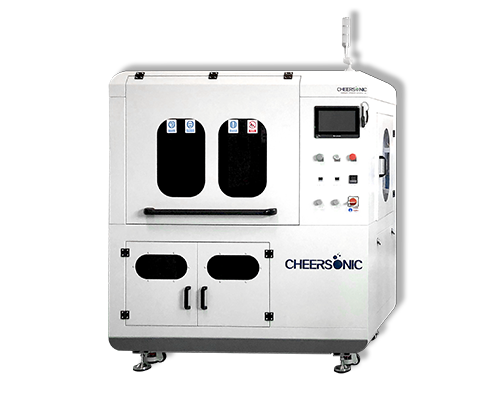Multi-dimensional Improvement of Chip Complexity
It is a consensus in the industry that chip design is becoming more and more complex as time goes by, but what aspects of “complexity” are reflected, and as the complexity increases, there are still unresolved problems, which require in-depth investigation and research. The complexity of chip design is not only reflected in the increase in the size of chip transistors, but also in the increase in SoC complexity, and the increase in SoC complexity will bring about a series of changes, including changes in design methodology and design verification. new needs in terms of. These new changes and new requirements will drive changes in chip design in the next few years. Today, we analyze from the multi-dimensional increase in chip complexity.
With the emergence of new applications such as artificial intelligence and smart cars, the complexity of chips is slowly increasing. The increase in chip complexity can be a multidimensional matter. On the one hand, it can be reflected in the increase in the number of transistors; on the other hand, it can also be reflected in the number of complex subsystems in the chip.
But transistor count is not the only consideration. For example, in some chips, on-chip memory (such as cache) can occupy a considerable gate count, but its overall design complexity may not be very high. Therefore, another perspective on chip complexity is the number of chip subsystems. In SoC, each chip subsystem has its unique functions, and when there are more chip subsystems, how to make these subsystems work well together is a challenging thing. Therefore, the number of subsystems of a chip is also an important indicator to measure the complexity of the overall chip. However, the number of chip subsystems is not easy to count, and a data that can be linked to this number is the number of processors used on the chip. Usually, when the complexity of the chip subsystem exceeds a certain level, it will be equipped with an embedded processor serving it alone. Therefore, counting the number of embedded processors on a chip can reflect the number of complex systems on the chip to a certain extent, thereby reflecting the complexity of chip design.
From the perspective of the number of embedded processors on a chip, first we can see that 74% of today’s chips have at least one embedded processor; more than half of the chip projects have more than two embedded processors, and 15% of the processors There are more than 8 embedded processors. From this perspective, today’s chip design is indeed becoming more and more complex from a system perspective.
To sum up, we believe that the increase in the complexity of chip design is not only reflected in the number of transistors, but also in the complexity of the system. These increases in complexity are driven by application-side drivers (such as artificial intelligence, smart driving, next-generation smart devices, etc.). With the further popularization of these systems in the future, we expect to further increase the complexity of chip systems, which will also Bring corresponding changes to the chip design industry.
About Cheersonic
Cheersonic is the leading developer and manufacturer of ultrasonic coating systems for applying precise, thin film coatings to protect, strengthen or smooth surfaces on parts and components for the microelectronics/electronics, alternative energy, medical and industrial markets, including specialized glass applications in construction and automotive.
Our coating solutions are environmentally-friendly, efficient and highly reliable, and enable dramatic reductions in overspray, savings in raw material, water and energy usage and provide improved process repeatability, transfer efficiency, high uniformity and reduced emissions.
Chinese Website: Cheersonic Provides Professional Coating Solutions


